The Supreme Court on Friday, 16 August, heard the politically sensitive Ram Janmabhoomi-Babri Masjid case for the seventh day, which constituted a debate on whether the temple existed at all at the disputed site and if Ram was born there.
The case is being heard by a Constitution Bench comprising Chief Justice of India Ranjan Gogoi and Justices SA Bobde, DY Chandrachud, Ashok Bhushan and Abdul Nazeer.
The Ayodhya case was referred to a Constitution Bench on 9 January this year.
A 2010 Allahabad High Court judgment ruled that the land in Ayodhya be partitioned equally among the three parties: the Sunni Waqf Board, the Nirmohi Akhara, and Ram Lalla.
On 6 December 1992, the Babri Masjid, which was constructed at the disputed site in the 16th century by Shia Muslim Mir Baqi, was demolished.
Advocate for Ram Lalla Tells SC That Pictures of Deities Found at Disputed Site
The advocate for Ram Lalla Virajman, one of the parties in the Ram Janmabhoomi-Babri masjid case, on Friday told the the Supreme Court that there were several pictures of deities found on pillars at the disputed site in Ayodhya.
The submissions were made during the seventh day hearing in the case.
Senior advocate CS Vaidyanathan, for deity ‘Ram Lalla Virajaman’, made the arguments before a five-judge bench headed by Chief Justice Ranjan Gogoi.
The senior lawyer read out the report of the commissioner appointed to inspect the disputed site.
The court commissioner had inspected the disputed site on 16 April 1950 and his report describes presence of pillars with images of Lord Shiva, the lawyer told the court.
Puranas, Travelogues Cited as Evidence of Ram’s Birthplace in SC
From the ‘Purans’ written by sages to travelogues of an English trader, a missionary and a physician, the counsel for deity ‘Ram Lalla’ cited them all in the Supreme Court on Wednesday to support claims that Hindus have long believed Ayodhya to be the birthplace of Lord Ram.
‘Ram Lalla’, a party in the land dispute, informed the SC through its counsel that all the relevant historical material available shows the faith and belief of Hindus that Ayodhya was birthplace of Lord Ram and that there was a temple at the disputed site.
Babur or Aurangzeb Made Another Structure in Place of Ram Temple, Says Lawyer
Advocate CS Vaidyanathan, representing the deity Ram Lalla in the Supreme Court, made his arguments by citing a book about the demolition of a temple and construction of a mosque by either Mughal emperor Babur or Aurangzeb, according to Bar and Bench.
On Day 5, Arguments in SC on Whether Temple Existed on Disputed Site
Arguments on whether a temple really existed at the disputed site in Ayodhya were presented on Tuesday before the Supreme Court, which heard the politically sensitive Ram Janmabhoomi-Babri Masjid case for the fifth day.
Senior advocate C S Vaidyanathan, appearing for deity Ram Lalla Virajman, advanced arguments on whether there was a temple over which the mosque was constructed.
Senior advocate K Parasaran, also appearing for the deity, told the court that it must do “full and complete justice” in all matters before it.

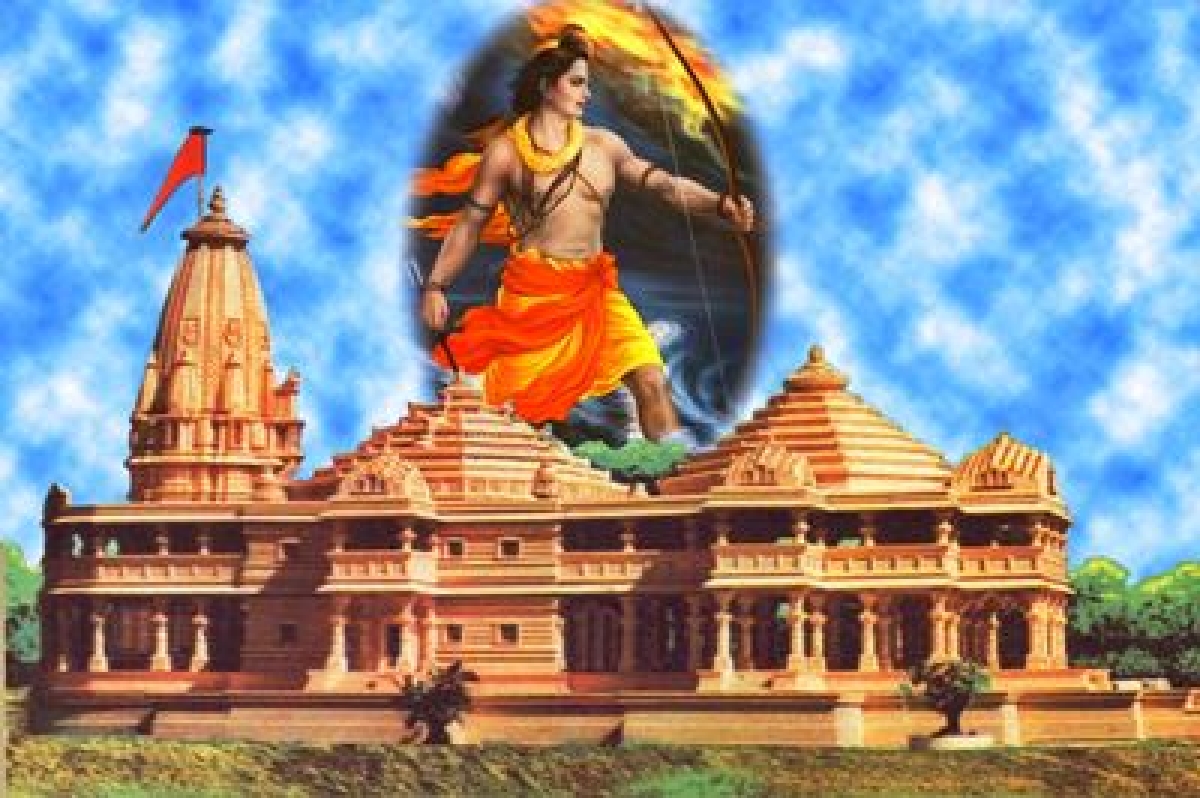


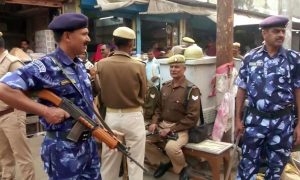



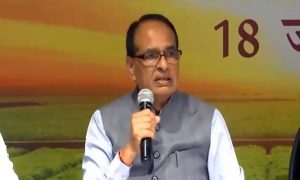

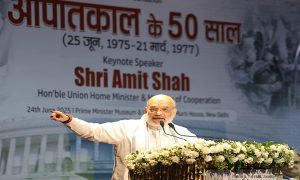

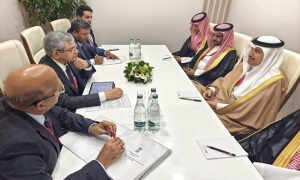

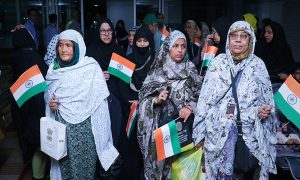

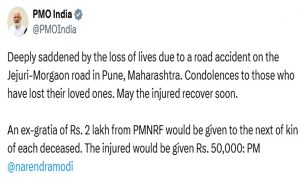

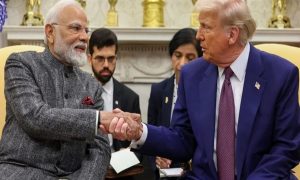

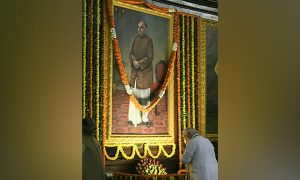

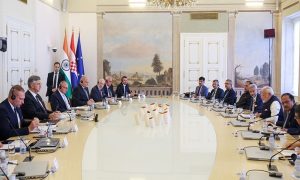

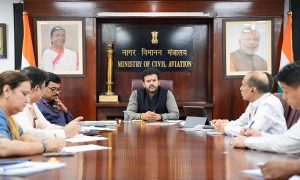

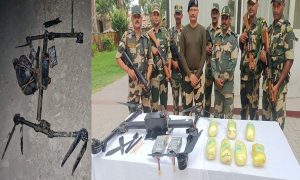

 WhatsApp us
WhatsApp us